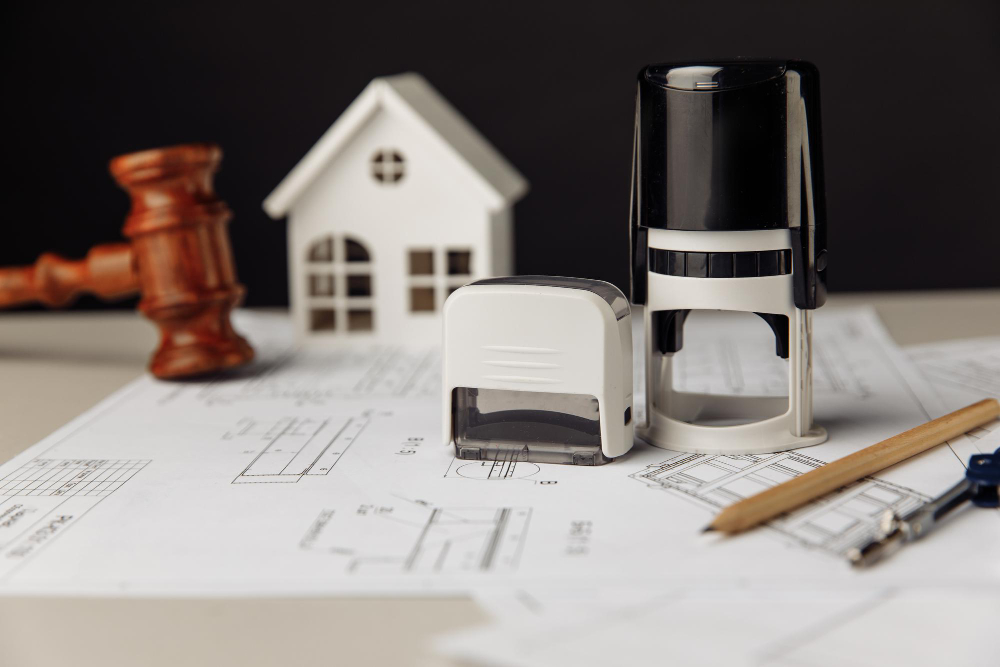The construction sector continues to shift under the weight of accelerating technology adoption, regulatory pressure, labor shortages, and complex project demands.

In 2025, firms are no longer experimenting with tech—they’re embedding it into workflows to survive. What’s different now is the scale, the interconnectivity of systems, and the rise of purpose-built tools replacing generic platforms.
AI in the Field: No Longer Just Forecasting
Predictive Analytics Meets Field Execution
Artificial Intelligence in construction moved beyond scheduling simulations years ago. In 2025, AI now drives real-time decision-making from the field level up. Tools like eZeLogs are capturing site data—crew hours, materials movement, weather, and safety flags—and using AI to generate immediate insights.
- Missed inspections trigger schedule impact alerts
- Time delays are logged against specific subcontractor productivity
- Material reorder thresholds are AI-calculated based on pace of installation
This real-time loop helps project managers avoid the typical cycle of discovery → delay → dispute.
Machine Learning-Driven Risk Flags
Contractors managing large public infrastructure projects are using machine learning models to scan historical RFIs, change orders, and punch list patterns. The result: risk scores tied to specific trade packages, suppliers, or even file types.
Instead of relying on instinct or experience, superintendents now receive proactive warnings—“rebar detailing submittals have delayed three of the last five structures”—with associated mitigation suggestions.
Connected Field Hardware
Wearable Safety Technology
Smart helmets, safety vests with biometric sensors, and boots with slip detection are all being worn on active jobsites in 2025. What used to be experimental PPE is now standard on unionized projects with tight safety margins, like those under NYCT or Caltrans oversight.
- Fall detection alerts are routed to site safety managers in real time
- Heat stress data triggers mandatory break rotations
- Worker location tracking supports mustering and compliance documentation
Project owners are increasingly requiring proof of safety tech adoption in pre-bid qualifications, particularly on high-liability builds.
360° Reality Capture and LiDAR
Weekly reality capture is no longer a “nice to have.” With tools like OpenSpace, construction managers capture 360° jobsite imagery and align it with BIM models. Meanwhile, LiDAR scans compare as-built progress with 4D models to assess deviations at a granular level.
- Interior finishes can be verified without waiting for walkthroughs
- Scan-to-BIM reports identify slab deviations or unapproved modifications
- Data supports automated payment verification tied to progress milestones
For publicly funded work, this also reduces friction with owner-side inspectors, who now rely on digital site visits for oversight.
Modularization + Digital Twin Integration
Modular Coordination Platforms
More contractors are moving from theoretical prefabrication to fully managed modular workflows. In 2025, platforms like Manufacton and Kreo Modular are integrating with design tools and ERP systems to schedule fabrication in parallel with on-site prep.
- MEP modules are tracked from design release through installation
- Delays in permitting trigger auto-updates to fabrication scheduling
- Fabrication errors flagged by digital QA tools are corrected upstream
This gives superintendents a level of coordination they previously didn’t have, especially when juggling multiple modular suppliers or multi-site rollouts.
Digital Twin Activation for Public Sector
Transit agencies like MTA and LA Metro are now mandating digital twin delivery as part of capital program closeout. That means contractors must provide a real-time, cloud-connected replica of the built asset—fully tied to as-builts, O&M manuals, warranty timelines, and energy usage data.
- iTwin and Autodesk Tandem are leading the delivery stack
- Lifecycle cost models are embedded at turnover
- Facility teams now rely on the twin for real-time maintenance alerts
This shift forces construction managers to align construction sequencing with lifecycle data capture, a significant change from traditional handoff models.
Paperless QA/QC and Inspections
Automated Quality Checklists
Inspection workflows are now handled entirely via mobile apps. Tools like BIM 360 Build and PlanGrid Build offer QA checklists tied directly to drawings. Photos, signatures, and field notes are embedded into reports that sync in real time with project servers.
- Missing rebar ties or misaligned embeds are flagged on the spot
- Geo-tagging links inspection notes to exact plan locations
- Engineers of Record review and respond without waiting for manual uploads
For DSA and DOT work, these tools are often approved substitutes for traditional inspection forms, provided they meet digital signature and timestamp standards.
Compliance-First Document Control
Document control software has matured into compliance platforms. Instead of just organizing files, tools like Egnyte for AEC and Newforma are verifying document versioning, retention timelines, and audit trails automatically.
- Submittals auto-expire based on pre-set review durations
- Change orders that skip required sign-offs are locked for editing
- Training logs and safety certifications are cross-checked for active site workers
This ensures that when an audit hits—whether from an agency, an insurer, or a GC—project teams have a full, documented chain of events.
Construction ERP and Vertical Integration
ERP Systems Built for Construction
Financial and operational data are no longer managed in silos. ERP platforms like CMiC and Vista (by Viewpoint) are now pulling in job cost data, HR compliance, equipment maintenance, and vendor invoices into a single environment.
- Project budgets auto-update with actual costs from field logs
- Equipment downtime is tracked alongside impact on schedule float
- Compliance documentation (DBE, MWBE, OSHA) is logged per invoice package
Mid-sized GCs and subcontractors who previously relied on QuickBooks and Excel are adopting these systems in response to increased owner scrutiny and tighter project margins.
Also Read:
Safety First: Enhancing Toolbox Talks with AI-Powered Safety Management in Ezelogs
Smart HR for Construction: Boosting Payroll Efficiency with Ezelogs’ AI-Enabled HRM Tools
Compliance Made Easy: How AI-Enabled Certified Payroll in Ezelogs Simplifies Regulatory Reporting
Centralizing Your Data: The Power of Ezelogs’ Product Data Sheet Library for Faster Submittals
Voice-Activated Efficiency: Transforming Construction Management with Ezelogs’


